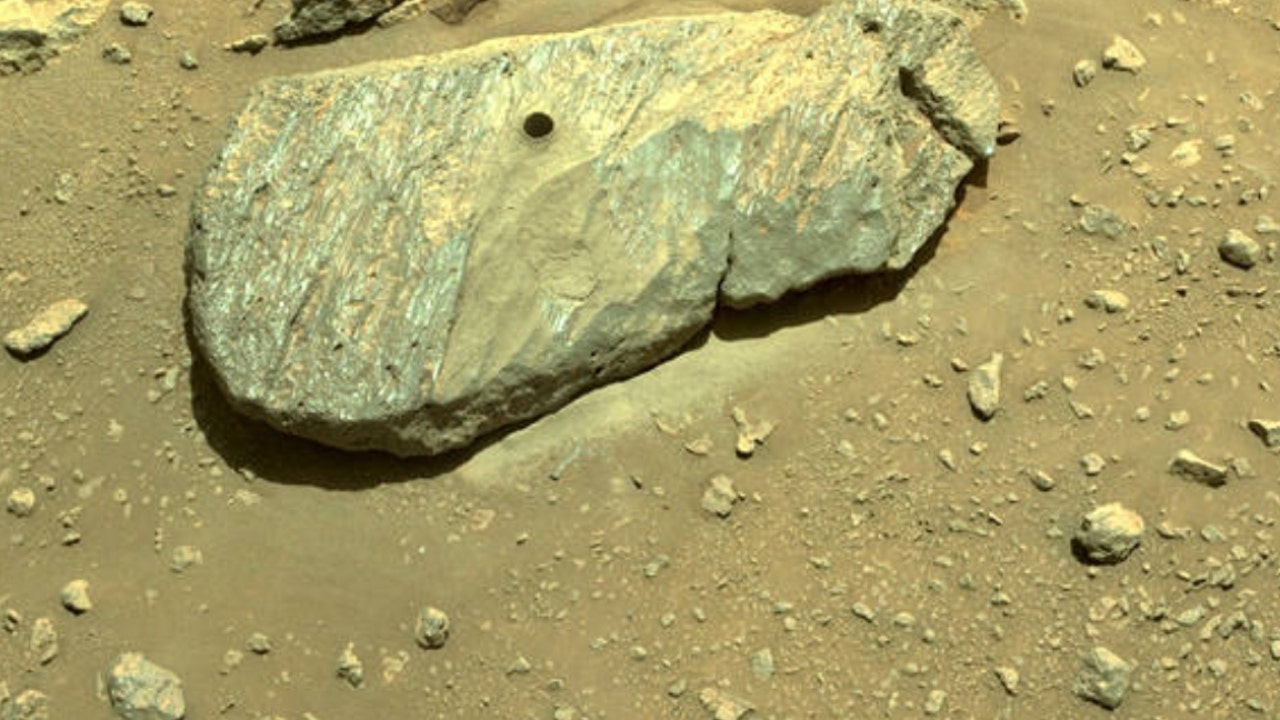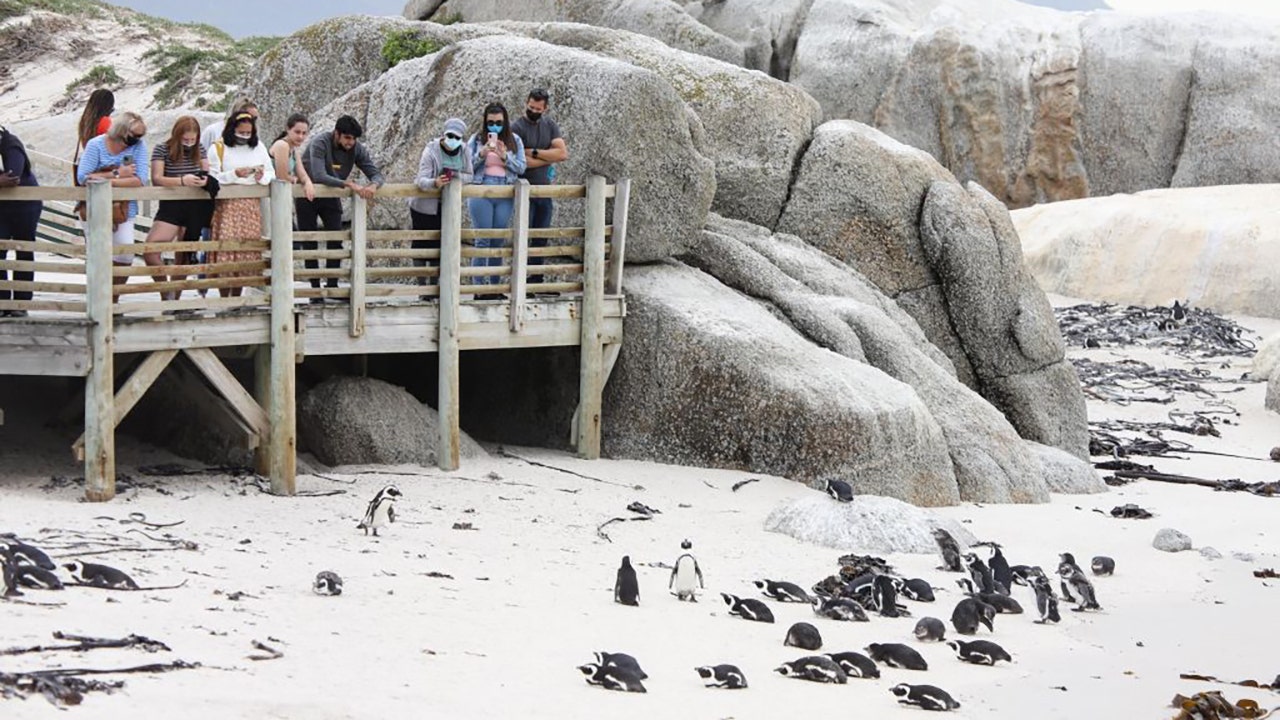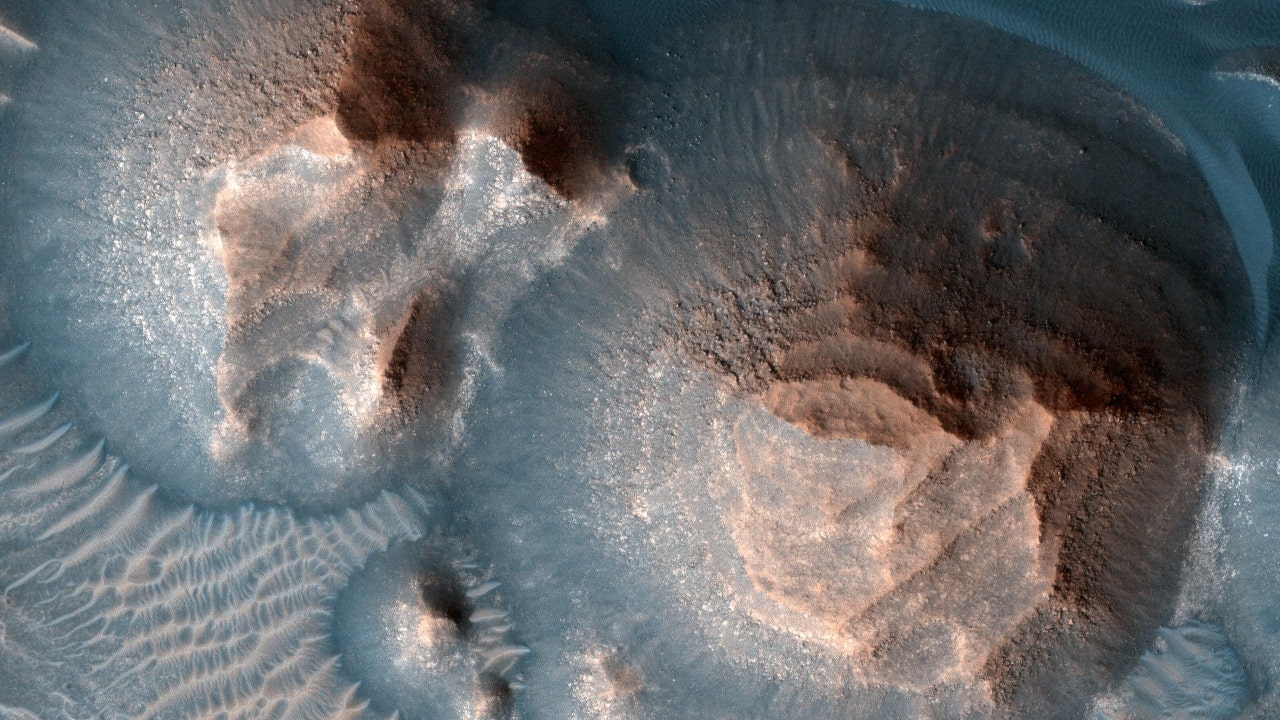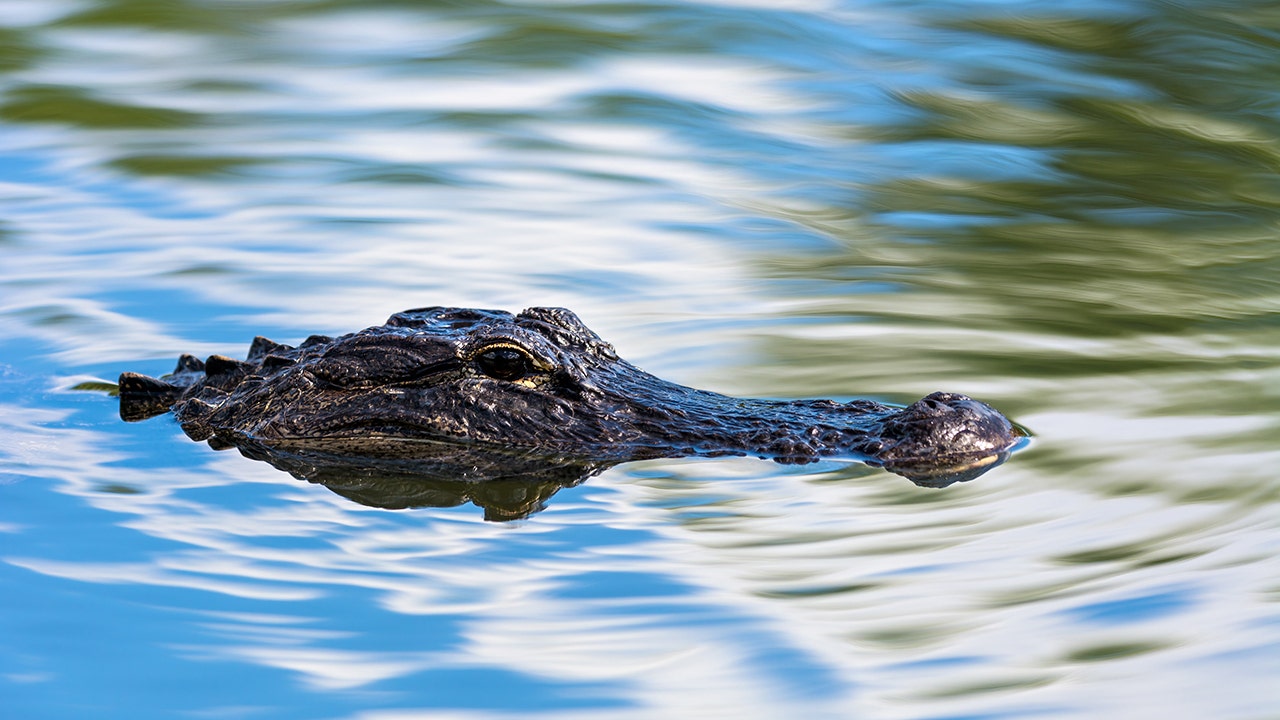NASA’s Perseverance rover team drills first Martian rock sample

NASA’s Perseverance Mars rover team announced on Thursday that it has successfully cored its first Mars rock.
A September 1 image of the long, oddly-shaped and dusty Mars rock provided in a release from the agency showed the circular drill hole.
NASA said that initial images downlinked after the events showed an intact sample present in the sample tube after coring.
NASA SEISMOLOGISTS IMAGE THE INTERIOR OF ANOTHER PLANET FOR THE FIRST TIME
“However, additional images taken after the arm completed sample acquisition were inconclusive due to poor sunlight conditions,” it said, noting that the rover would obtain additional imagery of the sample tube with better lighting before the processing continues.
“Although the Perseverance mission team is confident that the sample is in the tube, images in optimal lighting conditions will confirm its presence,” NASA wrote.
“The project got its first cored rock under its belt, and that’s a phenomenal accomplishment,” Jennifer Trosper, project manager at NASA’s Jet Propulsion Laboratory, said. “The team determined a location, and selected and cored a viable and scientifically valuable rock. We did what we came to do. We will work through this small hiccup with the lighting conditions in the images and remain encouraged that there is sample in this tube.”
Using a rotary-percussive drill and a hollow coring bit – that holds the sample tube – at the end of its robotic arm to extract the samples, Perseverance maneuvered the corer, bit and open end of the sample tube to be photographed by its Mastcam-Z instrument.
The initial images showed the end of a cored rock within the sample tube before “Percy” began a procedure called “percuss to ingest.”
The step vibrates the drill bit and tube five times, which can help a sample slide down farther into the tube and can ride the tube’s lip of residual material.
NASA’S PERSEVERANCE MARS ROVER RUNS INTO PUZZLING SAMPLING CONUNDRUM
Following “percuss to ingest,” Perseverance took its second set of Mastcam-Z images, in which the lighting was poor and the “internal portions of the sample tube are not visible.”
NASA said that Friday images would be taken when the sun is in a more favorable position and that photos would also be captured after sunset in order to “diminish point-sources of light that can saturate an image.”
The photos are set to be returned to Earth on Saturday morning.
If the new images are still uncertain, the team still has several steps it can take including using the rover’s Sampling and Caching System’s volume probe to confirm that the sample is in the tube.
Notably, a previous attempt at sampling Mars rock in early August went awry when the team realized the rover had failed to capture the crumbly rock in its tube.
NASA then decided to move on to the South Séítah region of the red planet’s Jezero Crater.
CLICK HERE TO GET THE FOX NEWS APP
Perseverance landed on Mars on Feb. 18 and began its science phase – and the hunt for signs of ancient microbial life – on June 1.
In the future, the rock and regolith samples the rover collects and caches will be returned in joint missions with the ESA (European Space Agency).




